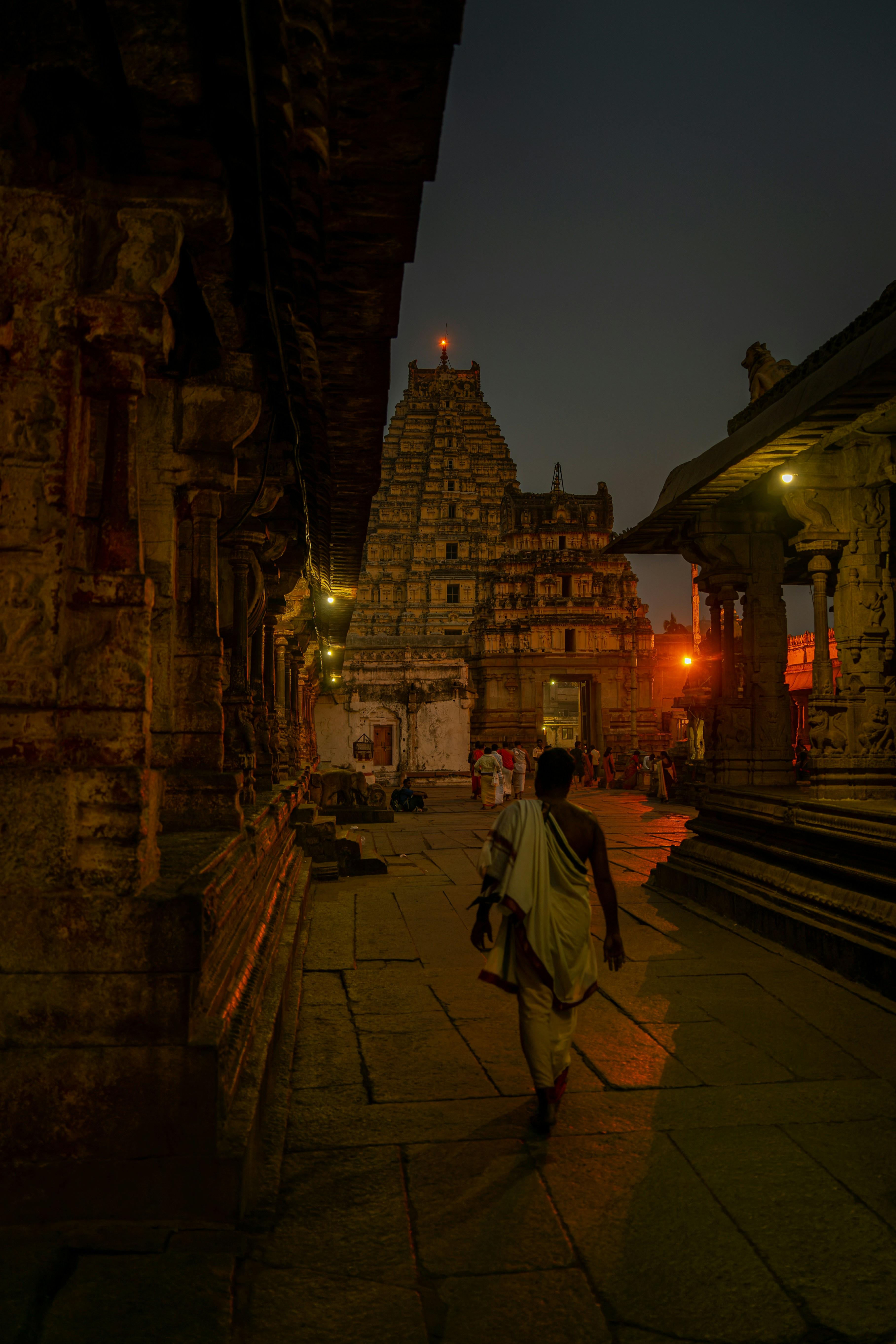Ayodhya, the birthplace of Lord Rama and a cornerstone of Hindu spirituality, welcomes pilgrims and travelers year-round. However, the best time to visit Ayodhya is between October and March, when the weather is cool, the skies are clear, and the city’s cultural calendar is at its most vibrant.
Whether you're planning a spiritual pilgrimage, a heritage tour, or a festive getaway, timing your visit right can elevate your experience from memorable to magical.
🌤️ Ayodhya in Winter (October to March)
-
Temperature Range: 8°C to 25°C
-
Weather: Pleasant days and cool nights
-
Why Visit:
-
Ideal for temple visits, sightseeing, and outdoor activities
-
Major festivals like Diwali, Ram Navami, and Bharat Milap bring the city to life
-
Comfortable for walking tours, boat rides on the Sarayu River, and attending evening aartis
-
Winter is the peak season for Ayodhya tourism, offering the perfect blend of spirituality and serenity.
☀️ Ayodhya in Summer (April to June)
-
Temperature Range: 30°C to 42°C
-
Weather: Hot and dry
-
Why Visit:
-
Fewer crowds at major temples like Ram Janmabhoomi and Hanuman Garhi
-
Budget-friendly accommodations and travel packages
-
Peaceful atmosphere for those seeking solitude and uninterrupted darshan
-
While the heat can be intense, early morning and late evening visits are manageable. Summer is ideal for devotees who prefer a quieter pilgrimage.
🌧️ Ayodhya in Monsoon (July to September)
-
Temperature Range: 25°C to 35°C
-
Weather: Humid with frequent rainfall
-
Why Visit:
-
Lush greenery and a refreshed landscape
-
Sarayu River looks stunning during this season
-
Discounted hotel rates and fewer tourists
-
However, heavy rains can disrupt outdoor plans and make temple queues slippery and crowded. Monsoon is best suited for those who enjoy a serene, rain-washed ambiance.
🎉 Festival Highlights
If you're planning around cultural events, here are the top festivals to consider:
-
Ram Navami (March/April): Celebrates the birth of Lord Rama with grand processions and temple rituals.
-
Diwali & Deepotsav (October/November): Ayodhya glows with millions of diyas, especially along Ram Ki Paidi.
-
Shravan Jhula Mela (July/August): A swing festival celebrating Ram and Sita, held at Kanak Bhawan.
-
Dussehra & Ram Leela (October): Theatrical performances and vibrant celebrations across the city.
These festivals offer immersive experiences but also draw large crowds, so plan accordingly.
🧘 Tips for a Peaceful Visit
-
Avoid Early Morning Rush: Temples like Ram Janmabhoomi open around 7 AM, but arriving mid-morning or early evening helps avoid long queues.
-
Evening Visits: Temples are beautifully lit, and crowds thin out after 5 PM.
-
Security Checks: Be prepared for thorough checks at major temples. Leave bags and electronics at your hotel or vehicle to save time.
-
Stay Hydrated: Especially in summer and monsoon seasons.
-
Dress Modestly: Respect temple customs and local traditions.
🧭 Final Thoughts
The best time to visit Ayodhya depends on your travel goals—whether it’s spiritual immersion, cultural exploration, or peaceful reflection. For most travelers, October to March offers the most comfortable and enriching experience. But if you’re drawn to quieter moments or lush monsoon landscapes, Ayodhya welcomes you with open arms year-round.



